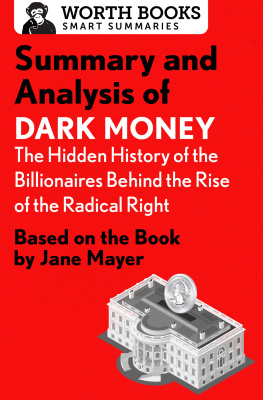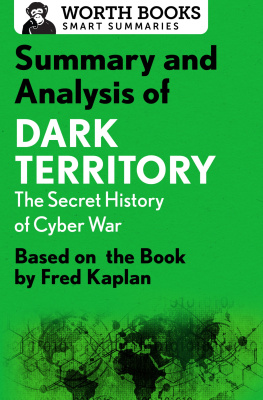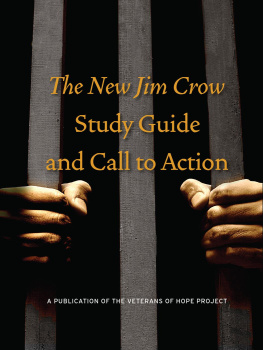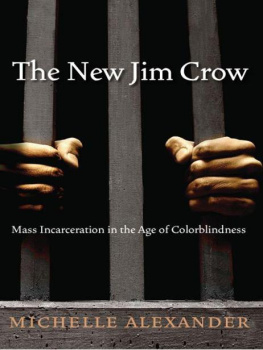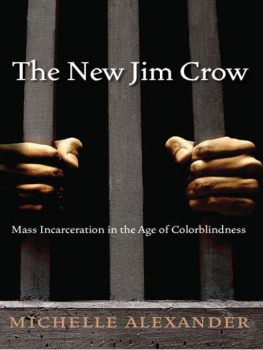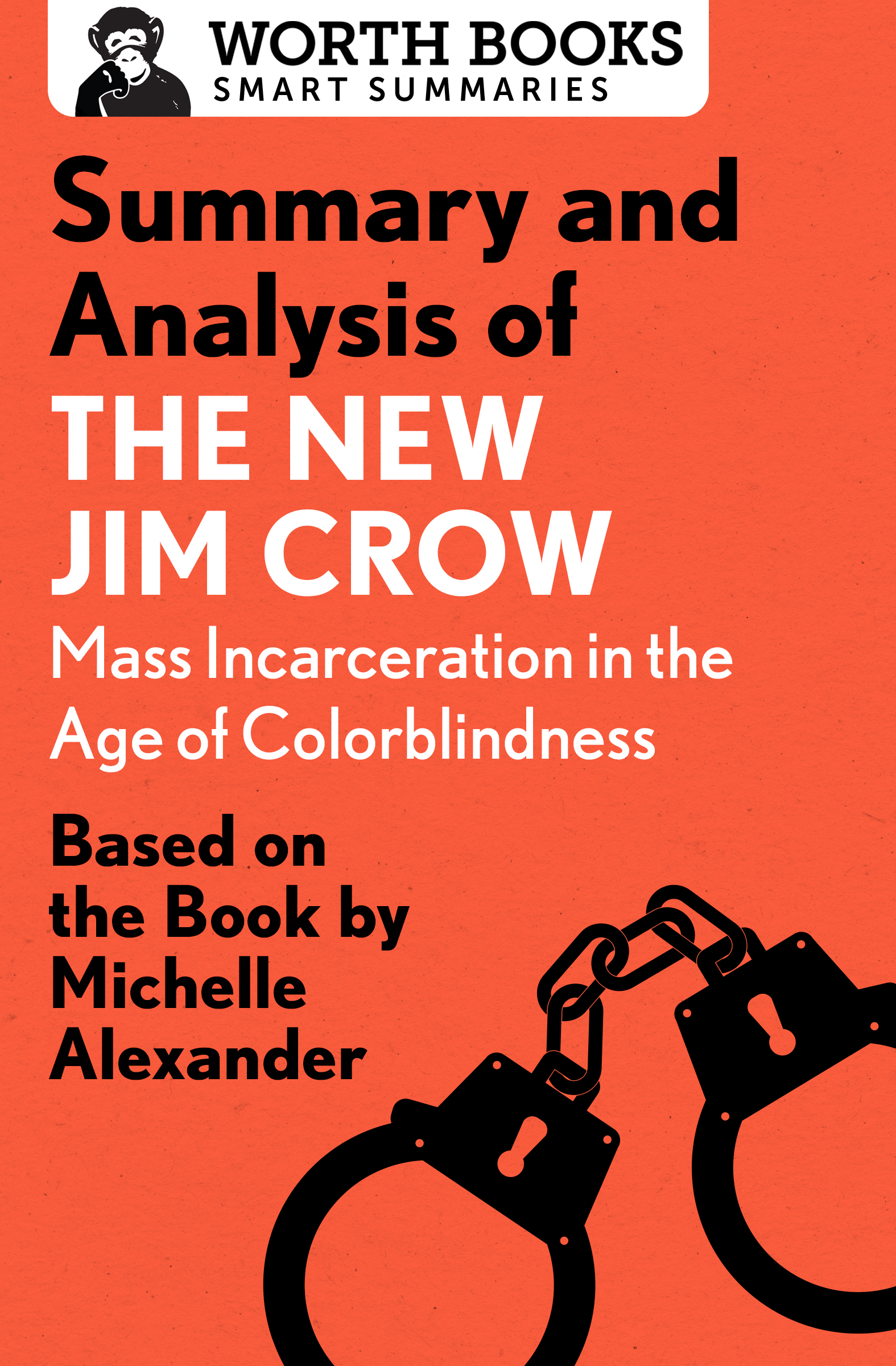Summary and Analysis of
The New Jim Crow
Mass Incarceration in the Age of Colorblindness
Based on the Book by Michelle Alexander

Contents
Context
Michelle Alexanders The New Jim Crow: Mass Incarceration in the Age of Colorblindness was first published in 2010, fifty-five years after the racial segregation laws known as Jim Crow were officially removed, two years after Barack Obama was elected as the first African American president, and in an age when diversity is notable on college campuses, in politics, and in business, entertainment, sports, and other highly visible areas of American life.
However, as Alexander states in her introduction, In the era of colorblindness, it is no longer socially permissible to use race, explicitly, as a justification for discrimination, exclusion, and social contempt. As a proxy for race, society relies instead on brushes with the legal system to deny rights to those labeled as criminalsmuch in the way that basic civil rights were denied to African Americans since the days of slavery.
High levels of poverty and imprisonment of people of colorin particular, black mendemonstrate that the Jim Crow laws of racial segregation are alive and well in twenty-first-century America.
In a 2012 interview with NPRs Fresh Air, Alexander said, Today there are more African-Americans under correctional controlin prison or jail, on probation or parolethan were enslaved in 1850, a decade before the Civil War began. There are millions of African Americans now cycling in and out of prisons and jails or under correctional control.
The so-called War on Drugs began in the age of Richard Nixon, but was accelerated by President Ronald Reagan in the 1980s, even though drug use was in decline. During his tenure, the Anti-Drug Abuse Act of 1986 was passed, setting the stage for mandatory minimum sentencing for a number of drug offenses.
Now, some thirty years later, with strict sentencing guidelines and other law enforcement practices, such as stop-and-frisk and zero-tolerance policies, the number of people of color who are incarcerated eclipses that of white citizensdespite data that suggests drug usage among these groups is not so uneven.
Not only are the statistics around mass incarceration staggering, but the institutionalized discrimination baked in to the American criminal justice system, she observes, perpetuates a caste system in place for generations.
Overview
Michelle Alexanders The New Jim Crow: Mass Incarceration in the Age of Colorblindness explores history, mechanisms, and consequences of what she identifies as a new racial caste system in the United States of America. Mass incarceration, Alexander argues, is part of a legacy to control, dehumanize, and disenfranchise black people, following the practices of slavery and Jim Crow. She describes the cyclical pattern of the rise and fall of each system of racial control, and how when one system begins to crumble (e.g., segregation during the Civil Rights Movement), the political elitestypically wealthy white menfind ways to sow discord between blacks and poor whites, playing on racial fears and stereotypes to construct a new system of domination and separation.
In recent years, through the War on Drugs, the white elite have crafted a system that is outwardly colorblind but methodically gathers, charges, and convicts primarily poor black men more harshly and at higher rates than white people committing the same drug-related crimes. Throughout the text, civil rights lawyer Michelle Alexander reiterates that the rates of incarcerationor numbers of people in prisonsdo not actually reflect the crime rates in America. The growth of our nations prison system is not about crime, but about race.
Alexander guides the reader through the history of racial subjugation in the United States, including Bacons Rebellion and the hardening of racial divisions, the Civil War and the progress of Reconstruction, the multiracial Populist party, Jim Crow laws, the Civil Right Movement, and, most recently, mass incarceration. In each era, Alexander argues, the white political or economic elite use what she calls racial bribes to galvanize poor whites beliefs in their racial superiority and to ignore poverty, playing on fears to break coalitions and establish the new system of oppression around black people.
After the Civil Rights Movement, politicians called for law and order, and Alexander argues that this laid the groundwork in the modern era for crime to be equated with race and criminals to be equated with blackness.
Alexanders The New Jim Crow explores how the US criminal justice system works to lock African Americans into second-class citizenship. While the War on Drugs claims to target drug lords, the primary arrests and convictions are of small-time dealers or one-time offenders. Alexander describes a series of Supreme Court cases that provided leeway for police to undermine Fourth Amendment rights and subject citizenswithout warrant or probable causeto searches and seizures of property, often under the guise of minor traffic offenses (broken taillight, failure to use a turn signal) or stops of interstate buses.
Police were given the freedom under the law to follow hunches about whether an individual carried drugs. These stops more often than not occurred in poor black communities even though similar crimes occurred as regularly, if not more often, in white neighborhoods. Many of those arrested were connected to marijuana use, not crack, which the government had deemed most dangerous.
Federal incentivessuch as money and military weaponryencouraged police officers and law enforcement agencies to increase the number of drug-related arrests and continue the focus on black citizens in the hope of finding drugs.
Once in the system, mandatory minimum sentences for drug crimeseven first-time offenderscan ruin lives over the same mistake a white college freshman may make. Alexander argues that prosecutors have an inordinate amount of power while public defenders officeswhich represent the poorest citizensare largely underfunded. Prosecutors can decide to pile on additional or harsher charges to one-time offenders to scare them into pleading guilty. Innocent people often plead guilty simply out of fear of a long sentence. Additionally, due to the discretionary power of lawyers and the code of colorblindness, it is not difficult for lawyers to form all-white juries.
Many black citizens charged with felonies are later found innocent of the crime; but the brand of felon still remains and they have a criminal record that presents an obstacle when it comes to employment and housing.
The author explores how parole and probationonce a person has served time or has been labeled a felonhave created a second caste system of black and brown people. They are denied access to basic tenets of US society such as employment, public housing, education, drivers licenses, food stamps, and voting rights and who are under constant surveillance, debt, and criticism by the justice system and given a badge of inferiority by the public at large. These individuals are frequently barred from public housing and may risk losing their children.
The similarities and the differences between mass incarceration and Jim Crow are also explored. Both systems are based on lawful discrimination, disenfranchisement, segregation, supposed race-neutral laws, negative definitions of blackness, and Supreme Courtsupported invalidation of defendants rights to contest potential injustice under the law.




